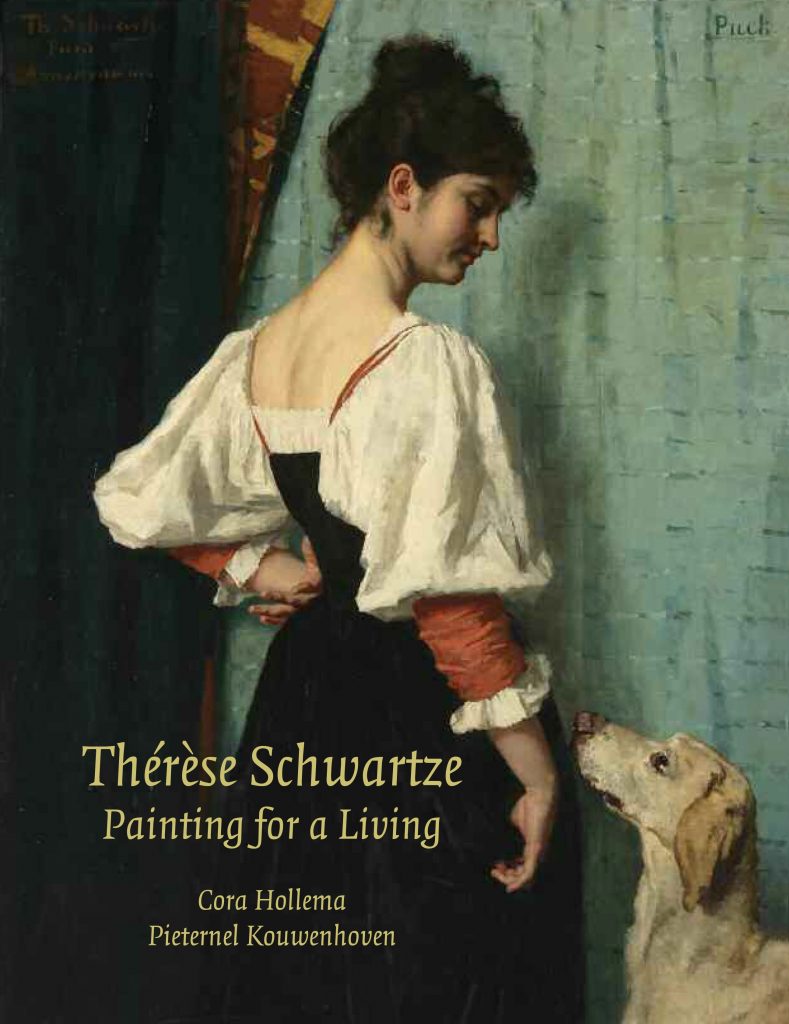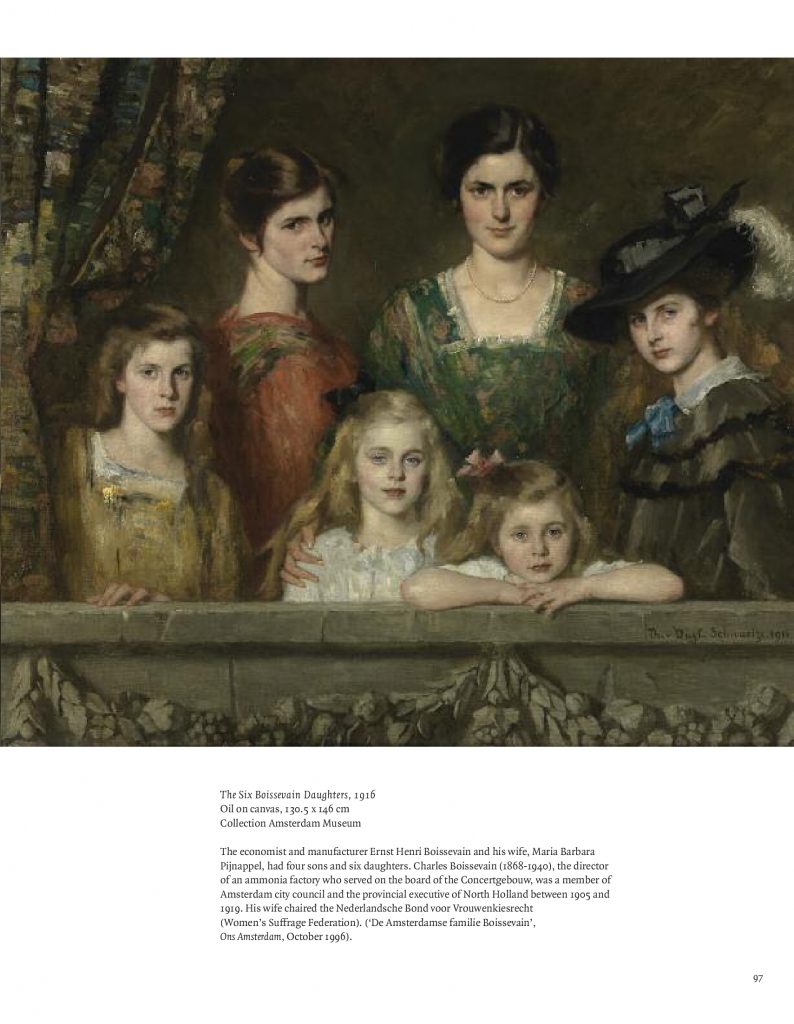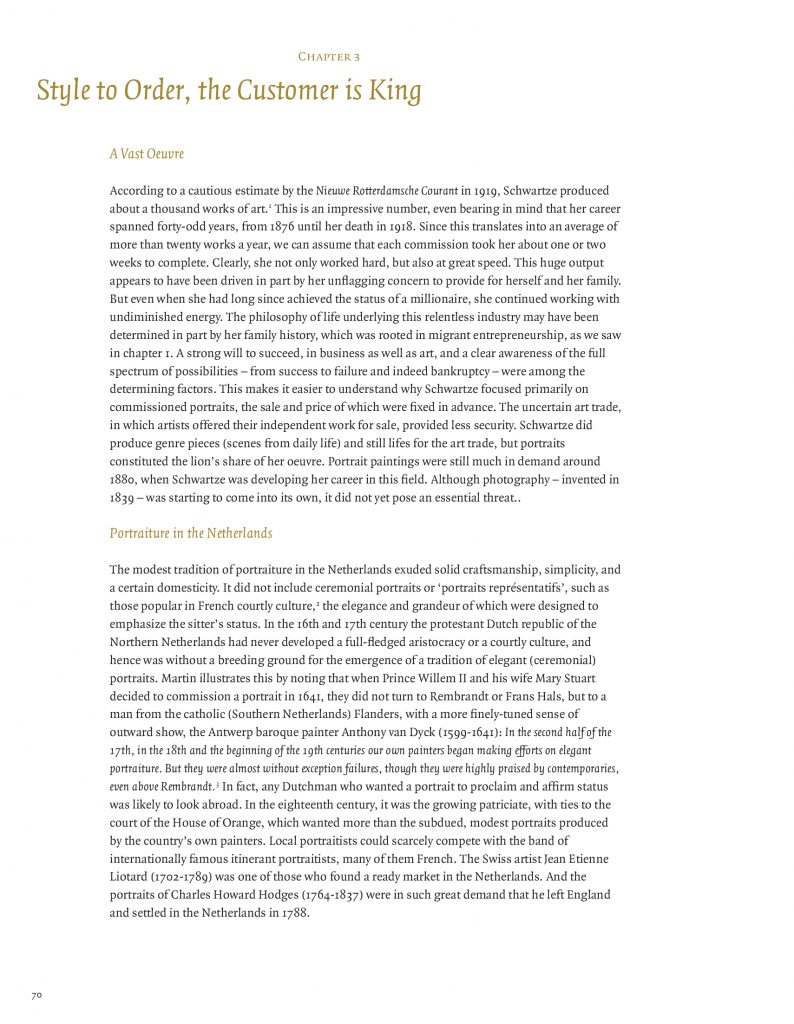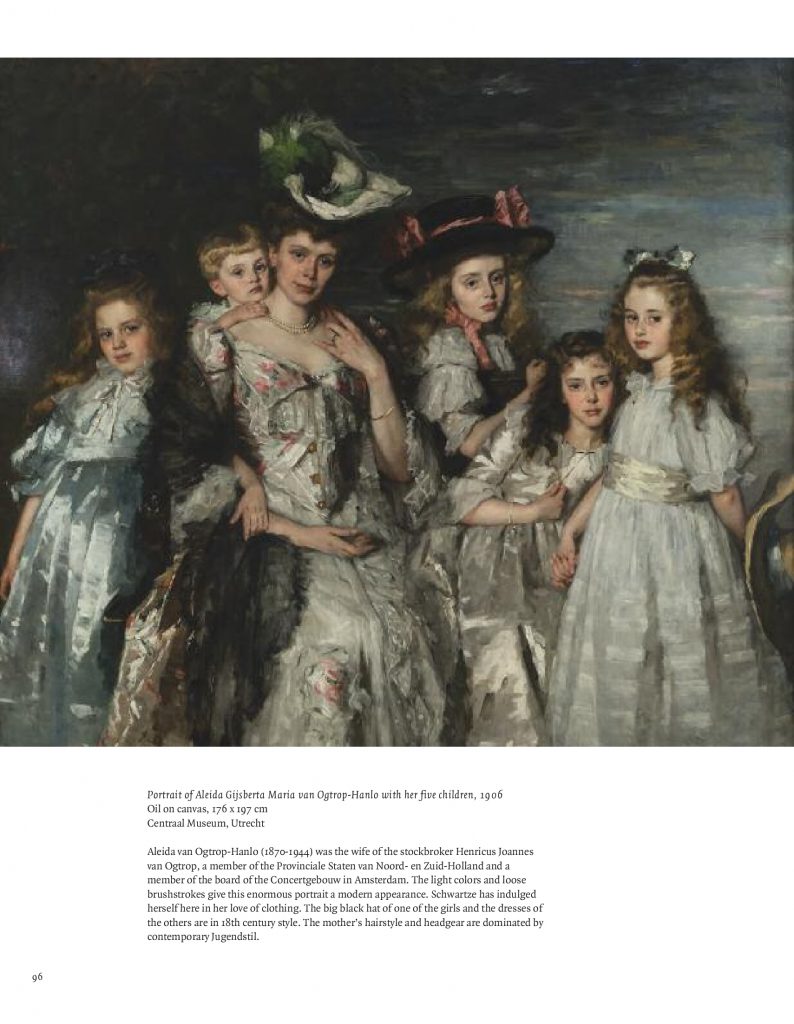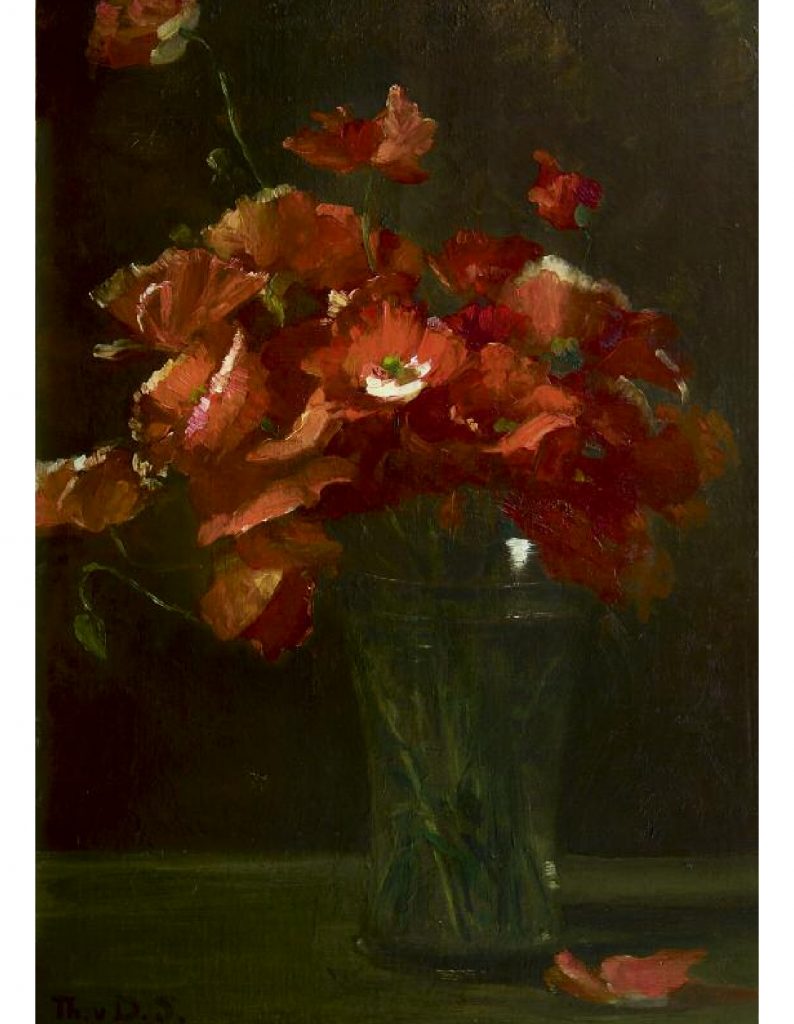The Book
Preface
© 2021 by Peter Trippi, New York, May 2021 (Editor-in-chief of Fine Art Connoisseur, a magazine for collectors of representational art, (www.fineartconnoisseur.com)
I admit it. Like most art lovers, I knew almost nothing of Thérèse Schwartze. Fortunately, that changed when the indefatigable Cora Hollema proposed to write an article about her for my magazine, which is one of many players in the ongoing international effort to reappraise the history of academic and realist art. I was instantly fascinated, not only because Schwartze’s superb artworks capture so deftly the glamour and optimism of the Dutch elite during the Belle Époque, but also because her life journey – the timeless story of the “striver” who boldly transcends the
obstacles that society puts in her way – should still inspire us.
Always seeking “hooks” to intrigue my American readers, I sat up straighter when Cora explained that Schwartze’s father was born in Amsterdam to German parents but raised in Philadelphia. And I was amused by her friend Wally Moes’s recollection that, “Because of her father, there was an American element in [Schwartze’s] character: she did everything on a grand scale and had a certain audacity that Dutch people tend to lack… If painting had not been in her blood, she would have undertaken something else and made a success of it with the same conviction and passion.”
The more we learn about women artists of the past—and of the present, for that matter—the more we see how much harder (and in Schwartze’s case, faster) they must work in order to succeed. Because she was not married, the specter of failure was more immediate, surely more terrifying, than it would have been for, say, the gifted American artist Mary Cassatt, who was independently wealthy. There is also a globalist aspect to Schwartze, who was a citizen of the world, not only of the Netherlands—building upon her family’s immigrant entrepreneurialism and ultimately attaining the huge honor of donating a self-portrait to the Uffizi.
Today, in an art world that celebrates such globalism while it excavates the overlooked works of artists who were/are not white men, Schwartze is again au courant. Thus I was not surprised that popular demand has spurred Cora Hollema and Pieternel Kouwenhoven to enhance Painting for a Living for this second edition. Why not? Because Schwartze’s story is one we want to hear, and because the authors have done her justice by telling and illustrating it so compellingly. Congratulations to everyone involved.
Peter Trippi, Editor-in-chief of Fine Art Connoisseur
New YorkMay 2021
